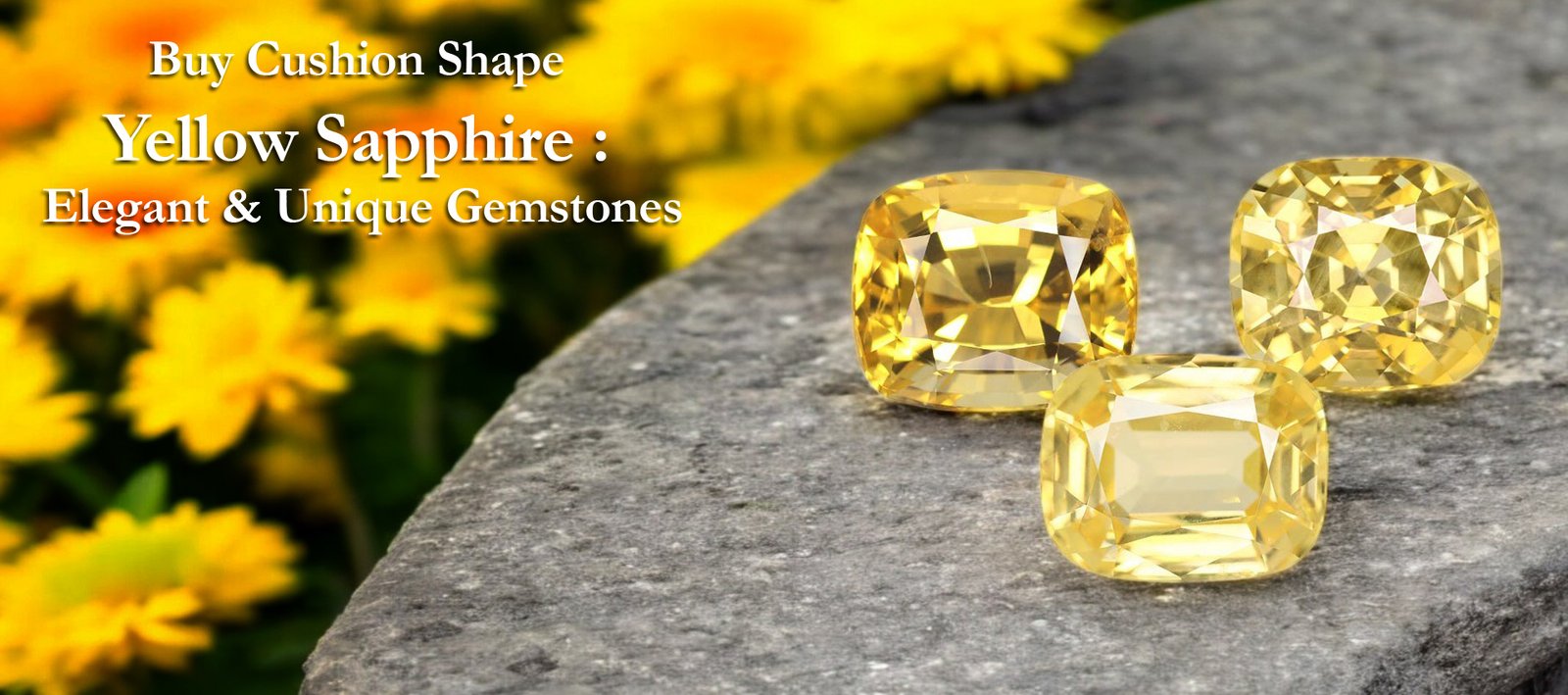When it comes to professional hairstyling, the tools a stylist uses make all the difference. Among these tools, hair cutting scissors are paramount in creating precise, polished haircuts. Every stylist knows that sharp scissors are key to delivering clean, sharp cuts, but the blade angle of those scissors can be just as important as their sharpness. The blade angle plays a significant role in how hair is cut, the comfort of the stylist, and the final result of a hairstyle. Understanding the impact of blade angle in professional hair cutting scissors is essential for hairstylists who want to improve their precision and ensure optimal results for their clients.
This article will explore why the blade angle is so crucial in professional hair cutting scissors, how it affects cutting techniques, and what factors should be considered when selecting scissors based on blade angle.
What Is Blade Angle in Professional Hair Cutting Scissors?
The blade angle of professional hair cutting scissors refers to the specific angle at which the two blades of the scissors are set in relation to each other. This angle affects how the scissors cut through hair, how smoothly the blades glide, and how much control the stylist has during the cutting process.
In most professional hair cutting scissors, the blade angles typically range from 30 to 60 degrees. A smaller blade angle, such as 30 degrees, provides a sharper edge, while a larger blade angle, such as 60 degrees, offers more control and durability. The angle of the blade is determined during the manufacturing process and is based on the material of the scissors, the intended use, and the design preferences of the stylist.
The ideal blade angle varies depending on the type of haircut and technique the stylist is using. Whether performing a precise cut, texturizing, or thinning, the blade angle can have a profound effect on how efficiently the scissors cut and how comfortable the stylist feels using them. Blade angle also influences the longevity and maintenance requirements of the scissors.
How Blade Angle Affects Cutting Techniques
Precision and Sharpness
The angle of the blade directly influences the sharpness and precision of the cut. Hair cutting scissors with a smaller blade angle, usually around 30 to 45 degrees, tend to provide sharper edges that glide through the hair effortlessly. This sharpness is essential for creating precise cuts, especially when working with fine hair or intricate styles that require fine detail.
For example, when performing precision cuts, such as creating clean lines or sharp angles in a bob haircut, scissors with a smaller blade angle will allow the stylist to work with accuracy. A sharper edge ensures that each cut is clean and defined, reducing the chances of the hair being crushed or split during the cutting process.
On the other hand, scissors with a larger blade angle, usually around 60 degrees, are less sharp but provide more control. This makes them better suited for general cutting techniques where precision is less of a concern. Larger angles allow stylists to cut through thicker hair with more force, making them ideal for cutting through dense or coarse textures. However, while they may not offer the same sharpness as smaller-angled scissors, they can still produce clean cuts when used properly.
Comfort and Control
The blade angle in professional hair cutting scissors also affects the ergonomics and overall control a stylist has during a haircut. Scissors with a larger blade angle tend to have a more stable cutting action, which can reduce hand fatigue during extended cutting sessions. This is particularly important for professional stylists who spend hours working with their tools.
When the blade angle is too steep, the scissors can become difficult to control, requiring more force to cut through the hair. This can strain the wrist and hand, leading to discomfort and fatigue. On the other hand, a more moderate blade angle provides a better balance of sharpness and control, making it easier for the stylist to achieve the desired cut with less effort.
For instance, when creating layered hairstyles or cutting hair with precision, the ability to control the scissors with ease is crucial. The right blade angle ensures that the scissors glide smoothly through the hair without causing unnecessary strain on the stylist’s hand or wrist, allowing them to focus on the quality of the cut.
Texturizing and Thinning
The blade angle also impacts the ability to perform advanced cutting techniques like texturizing and thinning. Hair cutting scissors designed specifically for texturizing typically feature a slightly larger blade angle to allow for more control when cutting into the hair. Texturizing scissors are used to remove bulk or create movement in the hair without affecting the overall length. The angle of the blade helps ensure that these cuts are clean and precise, without leaving the hair looking uneven or damaged.
Thinning scissors, which are similar to texturizing scissors, also benefit from a specific blade angle. Thinning scissors usually have a serrated edge on one or both of the blades, which creates a feathered effect when used. The angle of the blade affects how efficiently the scissors cut through hair, making it easier to achieve the desired level of thinning while maintaining the natural texture and shape of the hair.
The right blade angle for thinning and texturizing scissors is essential for creating a seamless, natural look. If the angle is too steep, the scissors may not create the desired texture or may leave behind harsh lines that are difficult to blend. Conversely, a more gradual blade angle allows for a more controlled and subtle effect, which is essential for professional-quality texturizing and thinning.
Choosing the Right Blade Angle for Your Cutting Style
When selecting professional hair cutting scissors, it is essential to consider your personal cutting style and the types of haircuts you typically perform. Here are a few things to keep in mind when choosing scissors based on blade angle:
1. Type of Haircut:
- For precision haircuts, such as bobs, pixie cuts, or blunt cuts, scissors with a smaller blade angle (around 30 to 45 degrees) are ideal. The sharper edge allows for clean, sharp lines.
- For more general or creative cutting styles, like layered cuts or textured looks, a medium blade angle (45 to 55 degrees) provides the right balance of sharpness and control.
- For thinning and texturizing, scissors with a larger blade angle (around 55 to 60 degrees) allow for smoother and more controlled cuts, reducing the risk of unevenness.
2. Hair Type:
- For fine or delicate hair, choose scissors with a smaller blade angle for maximum precision and smooth cutting action.
- For thick or coarse hair, scissors with a larger blade angle provide more control and the ability to cut through the denser strands more easily.
3. Comfort and Ergonomics:
- Consider how comfortable the scissors feel in your hands. If you are performing long cutting sessions, a moderate blade angle may provide a better balance of comfort and control.
- Scissors with ergonomic handles and properly adjusted blade angles will minimize strain on your hand and wrist, allowing for more comfortable use during extended cutting sessions.
4. Maintenance:
- The sharper the blade angle, the more frequently the scissors will need sharpening. Scissors with a smaller angle tend to lose their sharpness more quickly than those with a larger angle. However, they provide finer cuts when properly maintained. If you prefer low-maintenance scissors that require less frequent sharpening, a larger blade angle may be more suitable.
The Impact of Blade Angle on the Final Result
The angle of the blade in professional hair cutting scissors has a direct impact on the final result of the haircut. A well-chosen blade angle allows the stylist to cut hair more precisely, reducing the chances of mistakes or uneven cuts. Whether you’re performing a simple trim or a complex layered style, the right blade angle ensures that the hair falls naturally and evenly, giving the client a polished, professional look.
Moreover, the correct blade angle can help minimize hair damage by ensuring that the hair is cut cleanly rather than being crushed or torn. This is particularly important for clients with fine or damaged hair, as clean cuts are less likely to cause split ends or fraying.
Conclusion
In professional hair cutting scissors, the blade angle is one of the most important factors influencing both the cutting process and the final result. A sharp, precise blade angle allows stylists to cut hair cleanly, reducing strain on their hands while improving comfort and control. Whether creating a precise bob, layering hair, or texturizing for movement, the right blade angle ensures that each cut is smooth, efficient, and polished.
Understanding how blade angle affects cutting techniques and results is essential for any stylist who wants to deliver the best possible outcomes for their clients. By selecting hair cutting scissors with the correct blade angle for your needs, you can elevate your hairstyling skills, improve client satisfaction, and ensure that your cuts are consistently professional.



